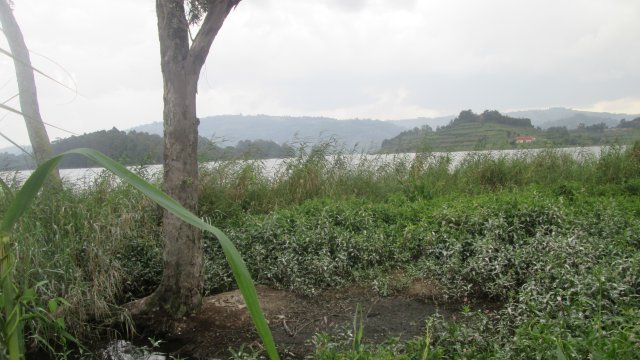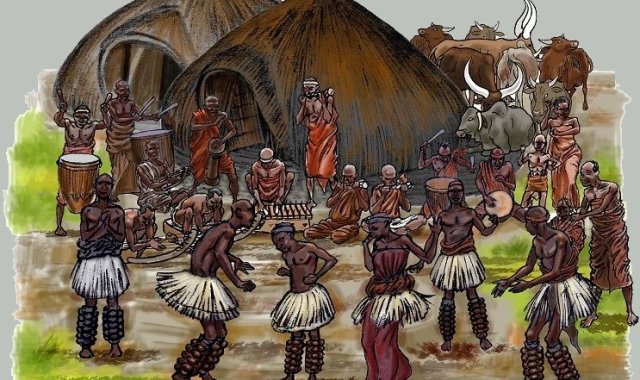
|
Punishment Island |
Punishment Island |
Punishment Island | Punishment Island |
|
|

|
Although the practice of abandoning women on the island has long since ceased, Punishment Island remains a powerful symbol and a potent reminder of societal injustices of the past. For the local communities, it serves as a place where stories are shared, where lessons are learned, and where the memory of those who suffered is acknowledged. Elders often recount the tales, imparting wisdom about the consequences of certain societal pressures and the importance of empathy and support. The island’s narrative, though tinged with sadness, has become an integral part of the oral traditions and folklore of the region, passed down through generations. It prompts reflection on the evolution of social norms and the progress made in advocating for women's rights and well-being. Its continued existence as a named and recognised entity within the lake ensures that this history, however painful, is not forgotten but rather serves as a catalyst for understanding and societal growth. Recognising the sensitive nature of Punishment Island's past and its potential for both remembrance and exploitation has led to a growing emphasis on its conservation. While not a formally protected national park or reserve, the island is increasingly viewed as a site of historical and cultural importance that warrants preservation. Efforts are focused on maintaining its natural state as much as possible, preventing any destructive development or commercialisation that could trivialise its history. This often involves community-led initiatives to keep the island clean and to educate visitors about its significance. The natural beauty of Akampene, with its two trees (one long dead), vegetation and commanding views of the surrounding lake and hills, is also a draw. Conservation efforts aim to strike a delicate balance between appreciating its scenic allure and respecting the deep historical and cultural narratives it holds. The goal is to ensure that the island's physical integrity is maintained, allowing its stories to be told and its lessons to be absorbed by those who visit. Looking towards the future, the plans for Punishment Island are centred on responsible tourism and educational outreach. There is a growing recognition of its potential to be a site for cultural tourism, attracting visitors who are interested in learning about the unique traditions and history of Uganda, but the vision is not to turn Akampene into a typical tourist attraction, but rather a place for reflection.
|









